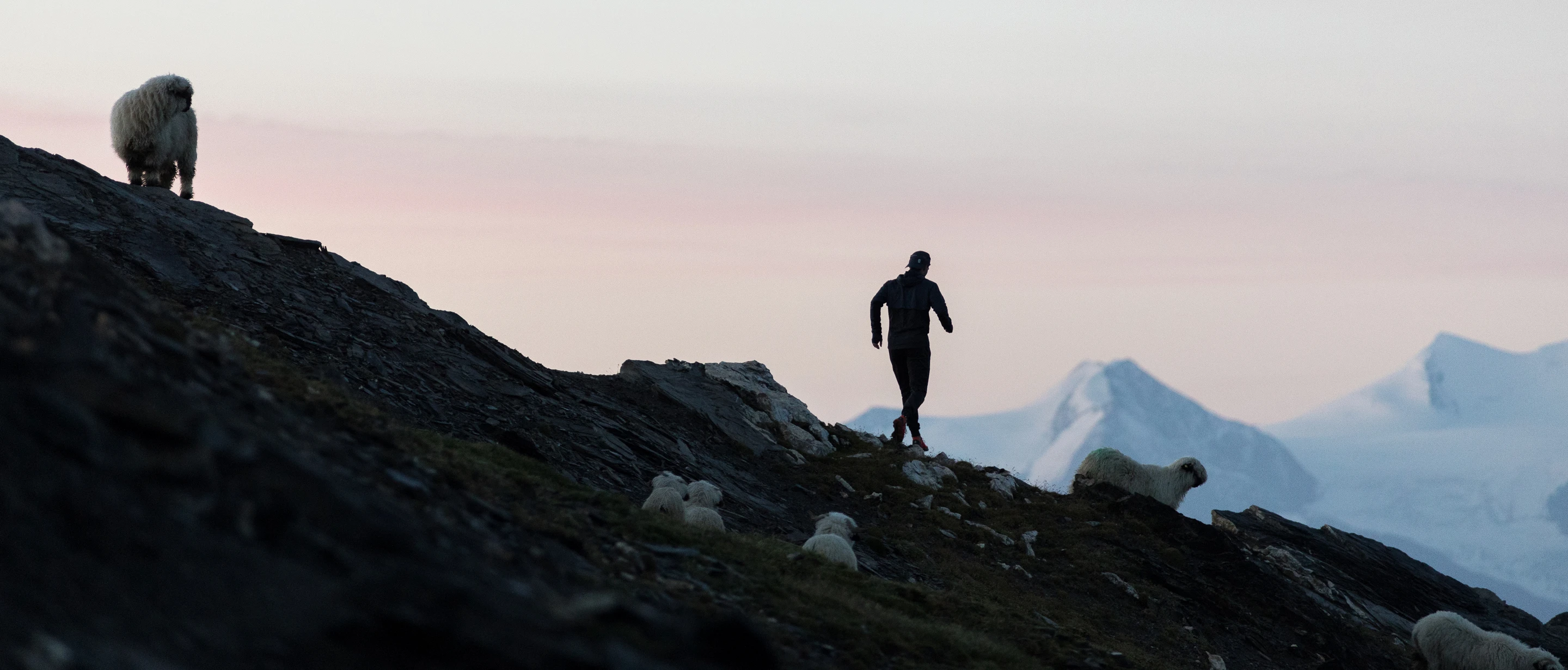

A lot of advice is given to runners about heading uphill, with downhill training left to gravity and “what feels right”. We thought we’d look in to how the pros do downhill running to give you an excuse to head for the hills - and back down again.
The truth is that downhill running is harder on your body than you may realize. Your muscles as you run downhill stretch and elongate (opposed to constricting on the uphill) and, generally, as we train for downhill running less, it tends to tear muscles far more than regular and uphill running. The reason people feel downhill running may be easier than it is, is because all throughout the descent your body is open and breathing never constricted, allowing for oxygen to flood in with ease.
Running downwards activates and engages stabilizer muscles in and around the knee, helping strengthen them, and in turn, the power of the knee. Like all aspects of running, training downhill running over time will help build up greater resilience against injury, and more strength, but it’s important to start slow. Where injury can happen is with the wrong running technique, but luckily, we’ve got you covered there too.
Tall or short, heavy or light, few parts of running are as reliant on technique as successfully running downhill. When it comes to the downhill, strength is speed, and with the right form, you can fly past the competition and save yourself (and your body) from pushing too hard in other parts of the race, building off your descent.
1. Lean forward, not back
It feels strange and unnatural at first, but leaning forward is the way to go downhills. Leaning back may give you more control, however it will considerably slow you down and can lead to shoulder and knee pain.
2. Align shoulders with knees
As a rule of how far forward you should be, try and have your shoulders in line with your knees as you run down.
3. Arms
Like you’re hitting up a 70’s disco, think of your arms as doing small, rounded movements to help keep you balanced and help with the forward momentum. When shaper or smaller steps are needed, bring the arms in closer as feels natural, to help with precise movements. As champion XTERRA runner Ben Allen says when giving trail running advice:
4. Head
…is up. You’re not looking at the horizon, but also, you’re not looking at your feet. Instead, look at the ground around 10 meters in front of you, where your brain can help your feet subconsciously manage what’s ahead. The more difficult the terrain, the more likely your head will begin to slouch as your look closer down in front of you, but just remember that to speed up, head’s up.
5. Midfoot first
It’s all flat feet to be fast downhill. Striking on the fore-foot increases your chances of rolling an ankle or becoming unbalanced, while heel-striking adds unnecessary movement and time to your forward motion. Striking right in the middle gives you optimum control and takeoff to continue with speed down the hill (and past the competition).
6. Stride length
Longer strides make for faster descents. Leaning forward, it will feel like smaller steps are more natural, but longer strides simply cover more ground, just like with running on flat ground (speed = stride length). Legs should be bent and you should conscientiously look to push yourself forward with each step, rather than letting gravity alone pull you down the hill. If you a running a technical downhill, likely your steps and stride will be small and precise to avoid injury. Side-stepping is also common by professionals to find the best way down through often tricky terrain.
7. Think… nothing
Worry slows runners down when it comes to the descent. Wondering about slipping or tripping on rocks and rubble can have a negative effect not only on speed, but performance. Trust your instincts running downhill. Your feet know how to land and adjust themselves to the ground under them, rather than consciously imagining you having to adjust footfalls yourself. The body is an incredible thing. Turn your mind off when running downhill and see how much more at ease you’ll feel.
What you wear plays a major part in downhill running, so we wanted to give you a few things to look out for when choosing your perfect downhill pair.
Number one thing to look out for is cushioning. Heading downhill can be tough on the body, especially when starting out or with the wrong technique. Cushioning helps protect shins and knees, adding extra softness to every footfall. The disadvantage is that you can’t feel the ground underfoot as well as you can with a flat, which many professional trail runners dislike as it costs precious seconds to be secure.
The second thing to look out for in downhill shoes is traction. Much like cushioning, shoes that support a firm grip shoes are there to help prevent slip-ups by providing a firm hold on tough terrain.
If you’re looking for more speed in your decent, flatter shoes (in terms of heel-to-toe drop) are faster, but often provide little in the way of cushioning and support, so making sure you have a strong technique mastered is important before going for the speed shoe.
Mastered the downhill? Be sure to see our guide on how to run uphill, to have both sides of the mountain covered for your next run.
See you down there.